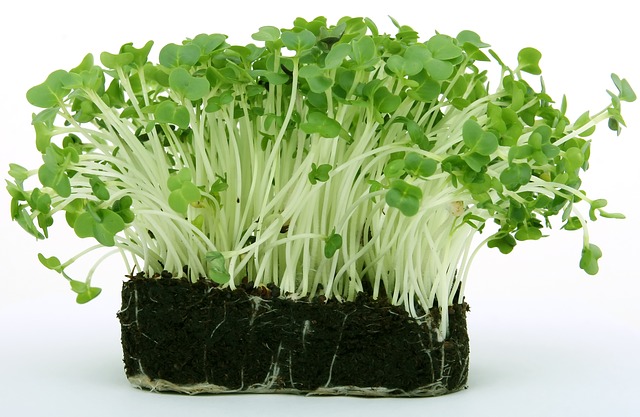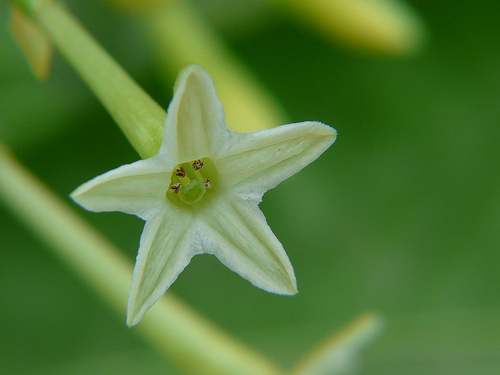Gardening isn’t just fun; it also has many practical benefits. Whether veggies or flowers are your passion, the very act of creating a garden is immensely rewarding. Adding seasonal gardening to the mix will keep give you a reason to keep in your mind in harmony with the seasonal changes. It can even help with conditions like seasonal affect disorder (SAD). The information below provides a little advice and a few pointers when it comes to both your garden, and the act of growing.
Attune to Seasonal Gardening
Your plants will respond better to gradual changes of environment. Not that we have a tremendous amount of seasonal change in San Diego, but there are certainly some nuances to follow. Put the plants outside in the sun for one to two hours in the beginning. Throughout the week, you should leave your plants out for a little longer each day. By the weekend, the plants can make that big move without a problem!
Starting seedlings in pots before planting in your garden is a smart idea. This increases the chance that your plants will survive to adulthood. This method also gives you the freedom of tightening time periods between each planting. After you remove the mature plants from your garden, you can immediately replace them with the seedlings and start the cycle over again.
Start with the Basics
The first thing you can do to avoid pests is to start with healthy soil in your garden. Healthier plants are greater in strength and resistance to illness and insects. For the most vigorous and healthy plants, start with high-quality soil, and stay away from chemicals. These can accumulate salts over time. A product like Native Soil helps to balance out otherwise spent soil. Nutrient rich soil makes seasonal gardening easier in that it improves your chances of successful growth immensely.
Use biennials and annuals to beautify your flower beds. By utilizing quick-growing biennials and annuals, not only will you be brightening up your flower bed, you can also alter its look each season and each year. Use them to fill gaps between shrubs and perennials in the sun. The most popular varieties to use include petunia, zinnia, cosmos, snapdragon, marigold, hollyhock, and sunflower.
Vary Your Seasonal Gardening Plants


Plant vines like ivy to cover fences and dividing walls. Plants that climb are extraordinarily versatile, and can help hide an unsightly wall or fence, usually within one season. They may grow up through some existing shrubs and trees, and can even be worked to grow around an arbor. Some climbers you plant will have to be tied off and supported, but others have no problem attaching themselves to any surface using their tendrils or twining stems Some of these plants include, wisteria, jasmine, climbing roses, clematis, honeysuckle! I love the smell of night blooming jasmine in the summer time with a nice glass of lemon water on the patio.
To achieve the best growing results, plants need sufficient carbon dioxide. A high level of CO2 provides an optimum environment for growth. A greenhouse can concentrate the levels of CO2. When it is exposed to high carbon dioxide levels, a plant has the best growing condition possible.
Stick with it. Make Seasonal Gardening a Lasting Habit
Whether you have been gardening for a few days or a few decades, you must never deviate from the instructions on the labeling of all implements and chemicals. If you miss this easy step, you run the risk of harming yourself due to the chemicals that can irritate your skin. Keep your health intact and follow the directions to the letter.
Gardening is a very interesting and rewarding activity. The fruits of your time and labors fail to stop yielding, regardless of the dividends are vibrant color outside your windows or fresh foods on your kitchen table. By assimilating what you learned about gardening into your routine, you can enjoy gardening and all it has to offer.
